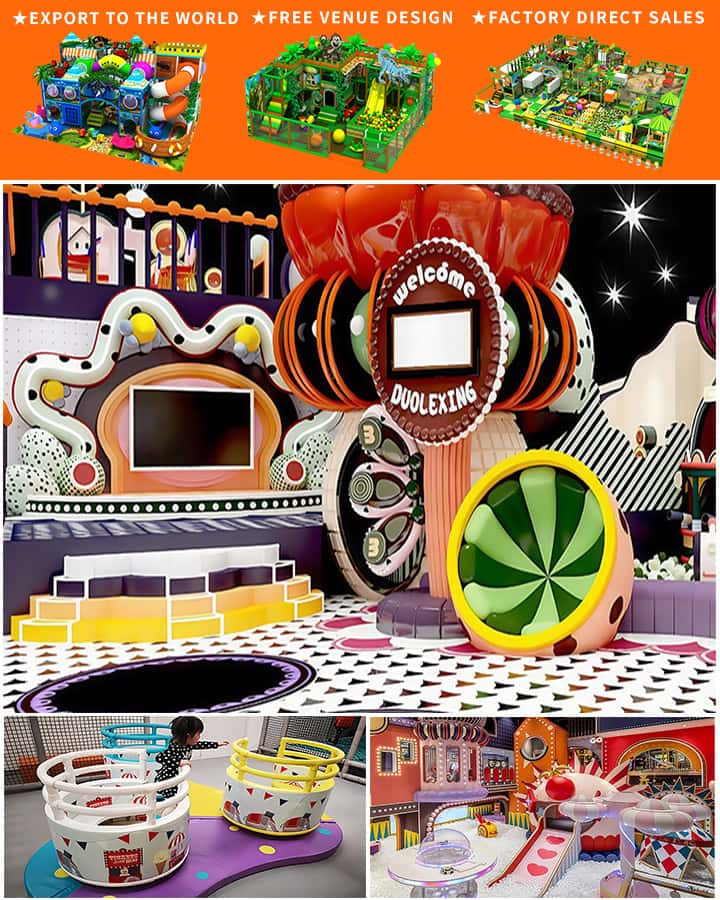Designing an indoor playground for a two-year-old can be a delightful yet challenging task. At this tender age, children are in a crucial stage of development that requires a balance of safety and sensory stimulation. This comprehensive guide will walk you through the key elements you need to consider when creating an engaging and safe indoor playground for your little one.
Safety First: The Cornerstone of Any Play Area
Safety is paramount when designing an indoor playground for toddlers. Start by selecting a spacious area free from hazardous objects like sharp edges, small parts, or items that could be swallowed. Use non-toxic materials for all constructions and ensure that any structures, such as slides or climbing frames, have rounded edges.
Flooring: Cushioned Yet Durable
A soft, cushioned flooring is essential to prevent injuries from falls. Options like foam mats, rubber tiles, or carpet padding offer excellent shock absorption while providing a comfortable surface for crawling, standing, and walking. Ensure the flooring covers the entire play area and has no loose seams where tiny fingers might get caught.
Age-Appropriate Equipment: Stimulating but Safe
When it comes to play equipment, choose items specifically designed for toddlers. Here are some must-haves:

Soft Climbing Structures: These should be low to the ground to prevent serious falls. They encourage motor skills development and confidence.
Slides: A gentle, wide slide with handrails ensures safe entry and exit, making it a fun addition without compromising on safety.
Activity Tables: Equipped with interactive elements like spinning gears, shape sorters, and textured surfaces, these tables foster fine motor skills and cognitive development.
Ride-On Toys: Small cars, rocking animals, and other ride-on toys allow toddlers to explore their environment and improve balance.
Sensory Walls: Incorporate elements like mirrors, texture panels, and soft touch areas to stimulate the senses and enhance tactile exploration.
Engaging Activities: Educational and Fun
An indoor playground isn’t just about physical play; it’s also a great opportunity for educational activities. Include elements like alphabet boards, number puzzles, and interactive books to promote early learning. Introducing simple musical instruments or sound-making devices can also be a hit, encouraging auditory exploration and rhythm appreciation.
Comfort Corners: Rest and Recharge
Toddlers need breaks too! Create cozy corners filled with soft cushions, blankets, and perhaps a small tent or reading nook. These areas provide a calm space where children can recharge, read stories, or simply relax after energetic play sessions.
Hygiene Considerations: Clean and Healthy Play
Given that toddlers often put their hands (and sometimes toys) in their mouths, maintaining hygiene is vital. Choose materials that are easy to clean and disinfect regularly. Keeping the play area organized and clutter-free also minimizes dust accumulation and potential allergens.
Personal Touches: Making It Your Own
Lastly, don’t forget to add personal touches that make the space uniquely your child’s. Whether it’s their favorite colors, characters, or themes, incorporating elements they love will make the indoor playground even more inviting and enjoyable.
Creating an indoor playground for a two-year-old requires careful planning and attention to detail. By prioritizing safety, incorporating age-appropriate equipment, and including both stimulating and relaxing elements, you can design a space that supports your child’s development while providing endless hours of joyful play




